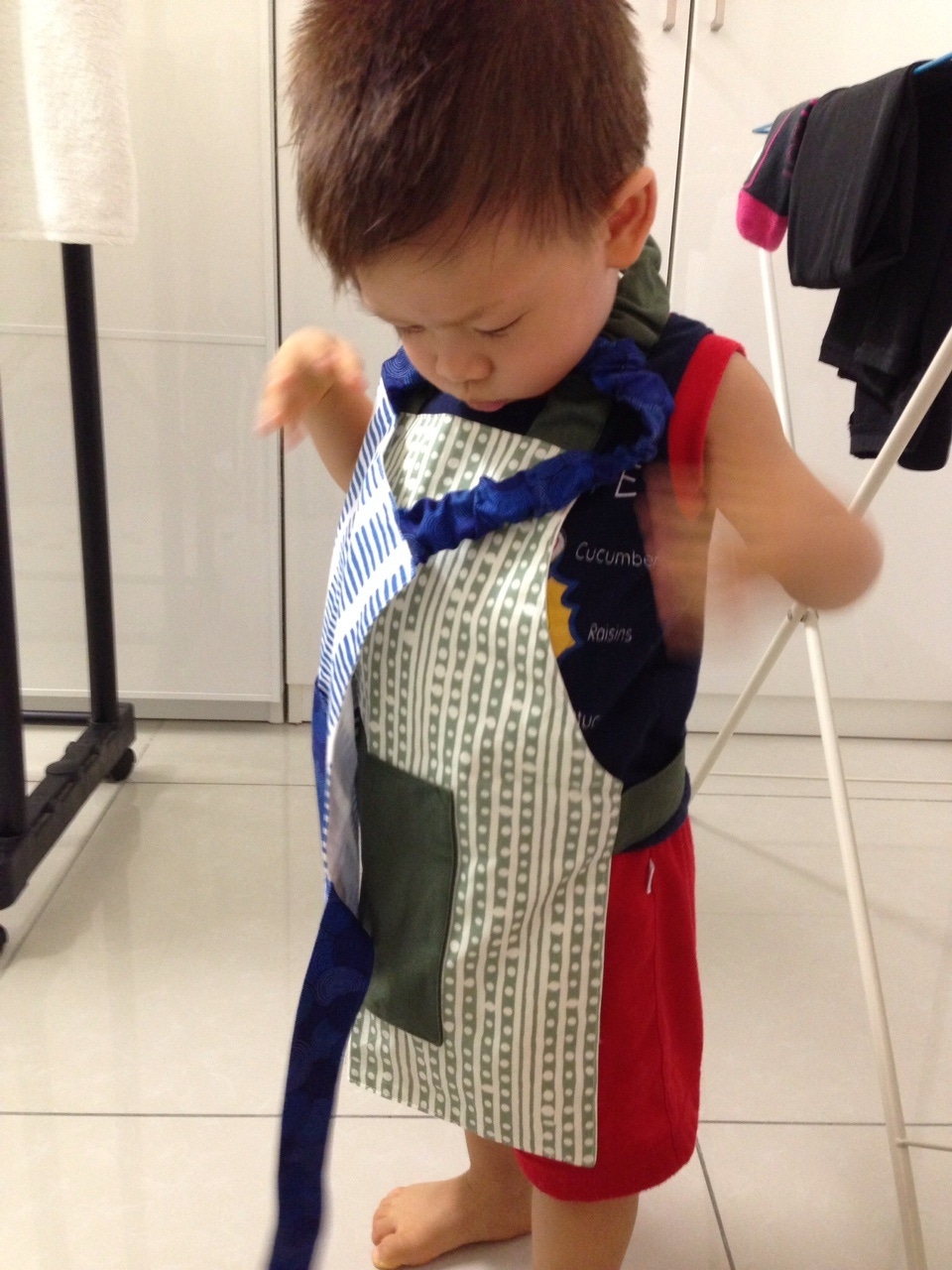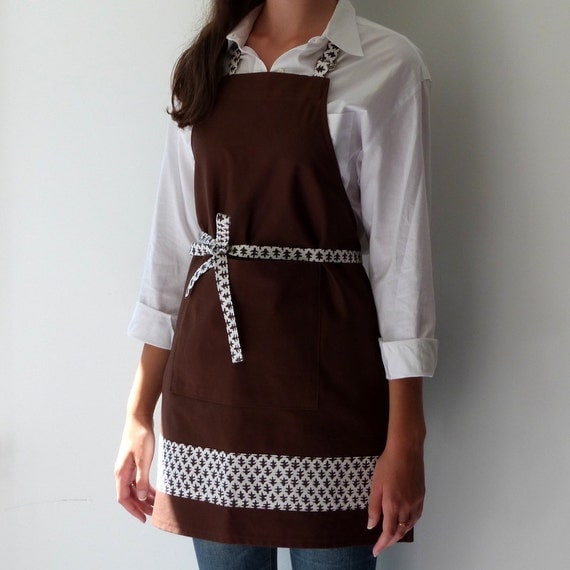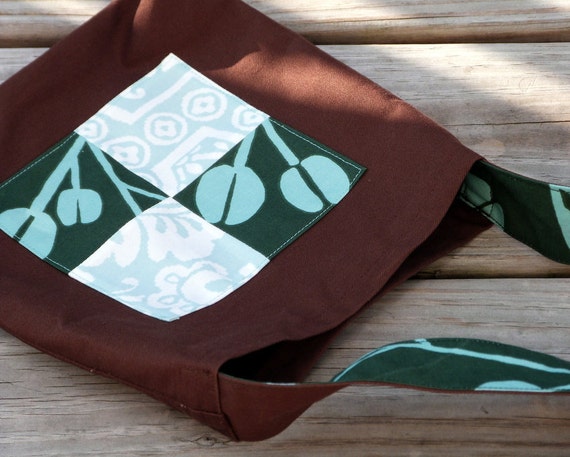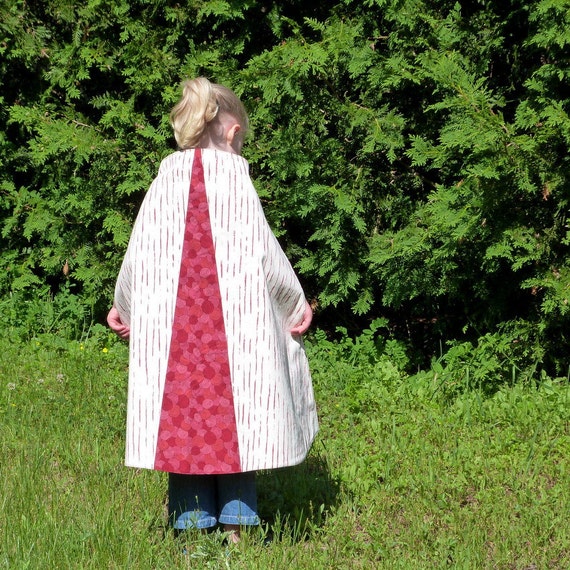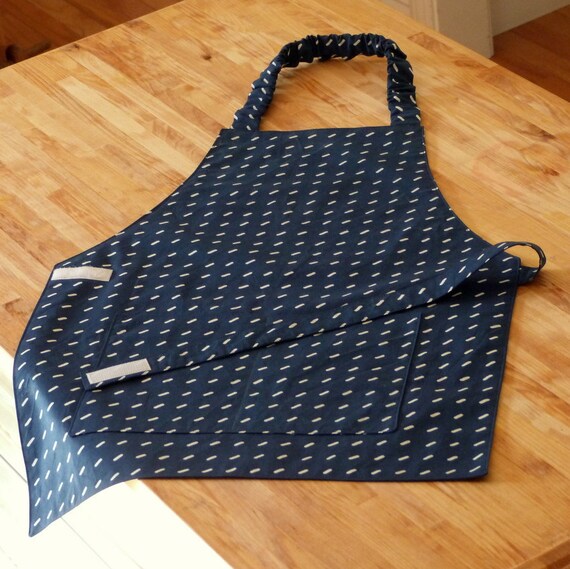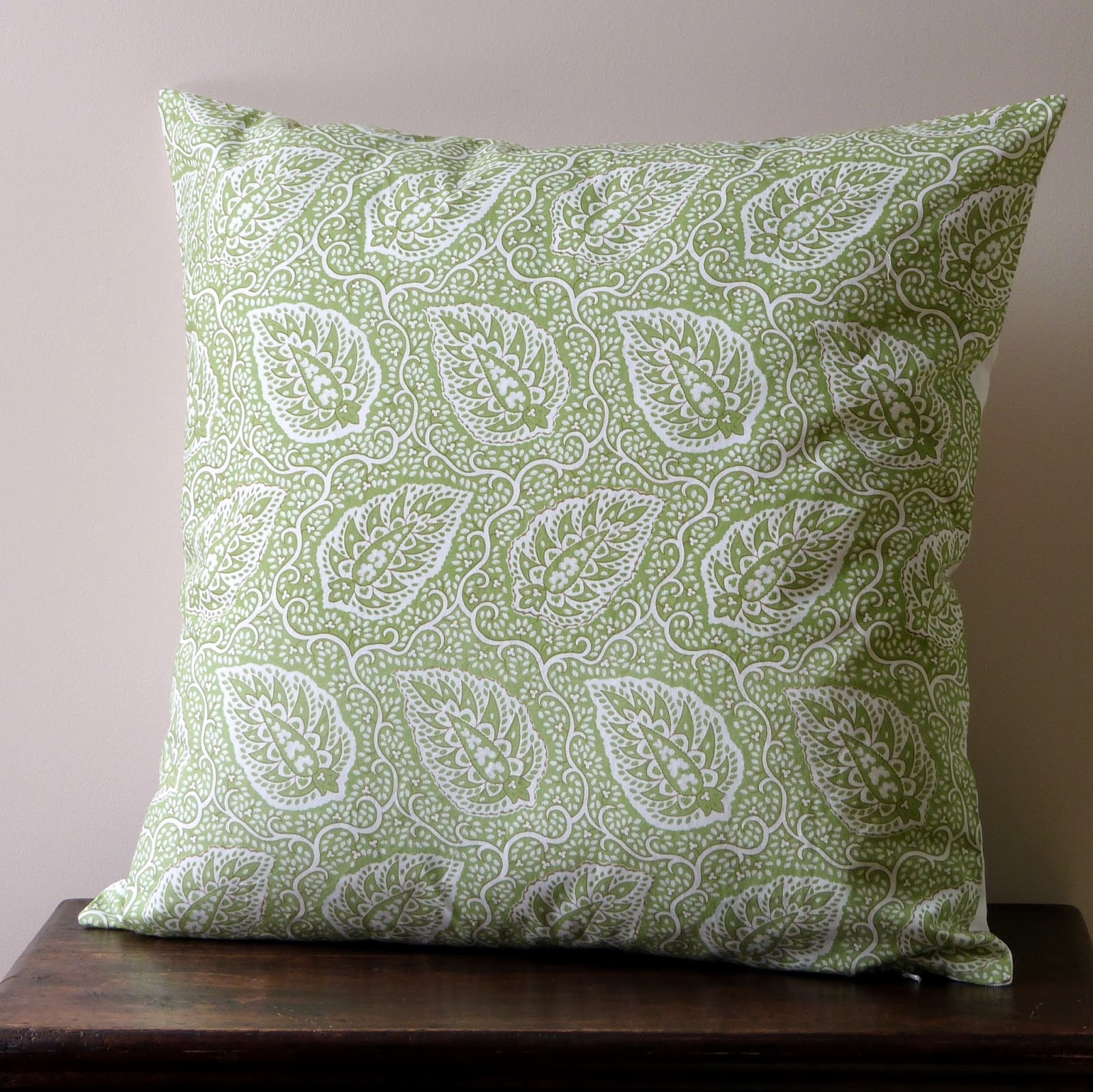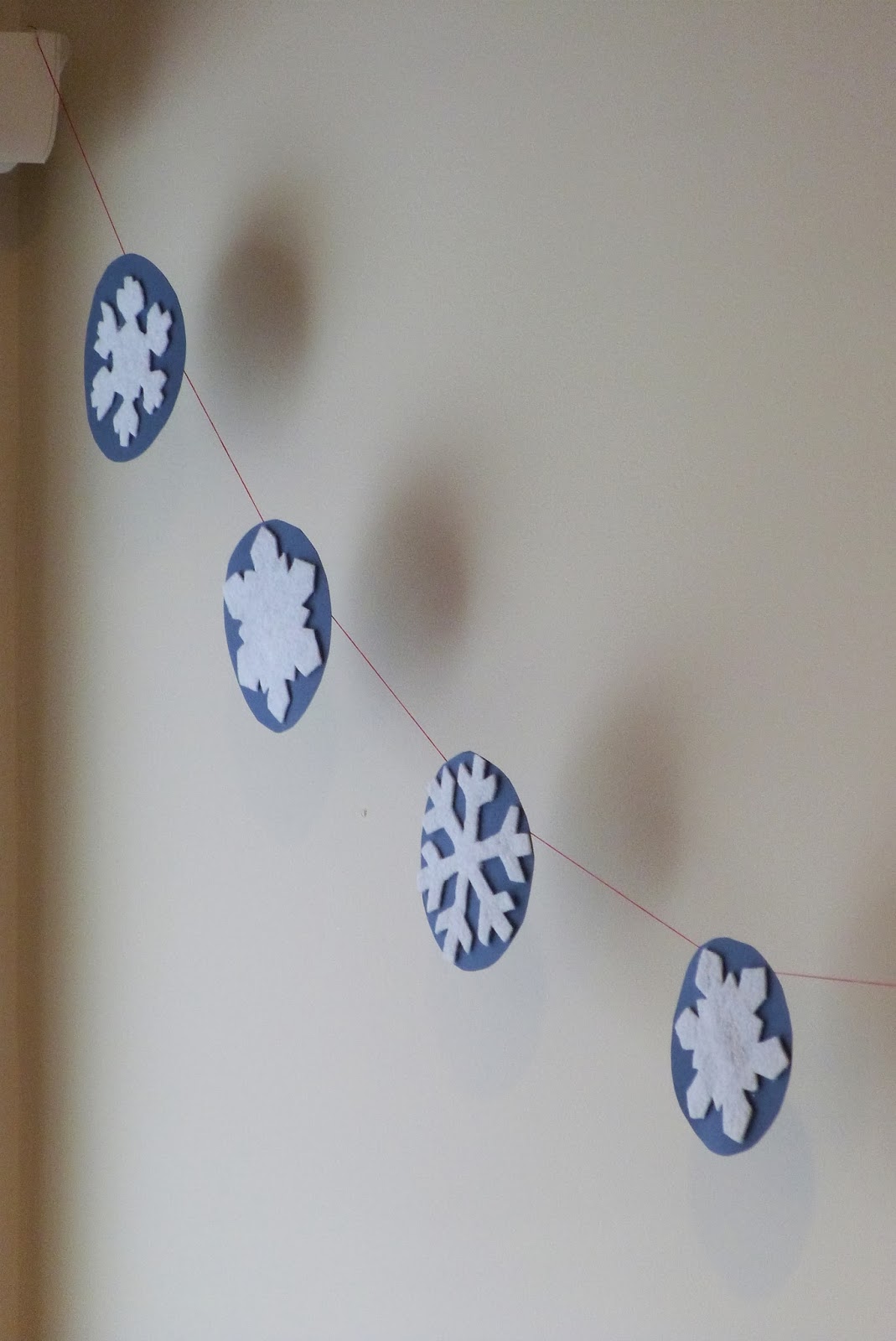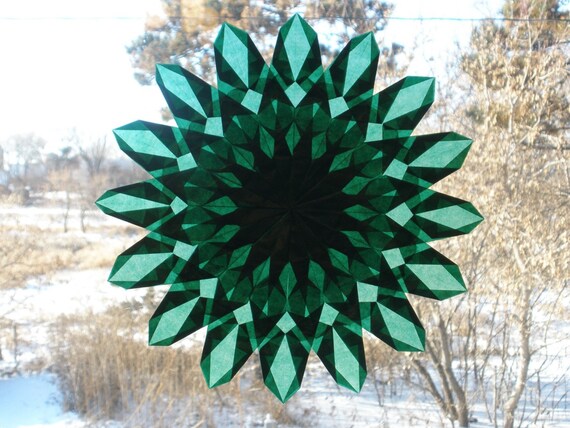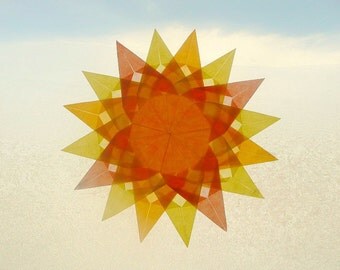Today I made three pencil rolls in my new style. These hold twelve pencils or pens (or makeup brushes), even wider ones like fountain pens, and the roll has a flap that folds over the contents so they can't fall out when rolled and tied. Each roll uses three coordinating fabrics. That's my favorite part of making these--choosing the fabrics for them. There are so many possibilities! If you'd like to share any ideas, please leave your thoughts in the comments. You can have a look at the fabrics available in my shop and see if there are any combos you can think of that I haven't considered.
While I was making these today I thought (again) about how much sewing time is actually ironing. I don't really like ironing. There are napkins and tablecloths and dress shirts that have been sitting around my house for months waiting to be ironed. But ironing while sewing is essential. I would guess that I spend about half my construction time cutting and ironing at different stages rather than sewing. So I took some photos during the process of making the purple pencil roll so you could see how much ironing and other not-sewing is involved in just one little item for my shop.
First, I have to iron the huge swaths of fabric that I've purchased and hang them or store them neatly (ha! neatly!). But even before doing that I wash and dry everything. I didn't think you'd be too interested in seeing a photo of my washing machine, so I've skipped those steps. I usually try to do that right when I've brought the fabric home anyway. Next, I cut the fabric pieces according to the pattern I've made. For a pencil roll, that's seven pieces. I use my rotary cutter, which is like a pizza cutter, and a big ruler to make straight edges. I've got a number of smaller rulers I use regularly too.
Next I iron what's called interfacing to one layer of the pencil roll's fabric (no photo of this either because I forgot). Interfacing comes in many styles and adds weight and structure to what you're making. For these pencil rolls, I use a cotton interfacing that irons directly onto the back of one piece of fabric. Even though I use very high thread count fabrics, the interfacing makes the pencil roll just a little more hefty. The end product feels good and strong. If you're interested, here is a nice introduction to the different kinds of interfacing out there.
Next I iron all the little strips of fabric that make the ties and that enclose the top of the pencil pockets. Don't they look nice in the photo all together? Each of these pieces is folded (and ironed) once down the middle, then opened, then each long edge is folded (and ironed) again toward the middle. Finally, the whole thing is folded (and, yes, ironed!) again down the middle. I pin the pieces while I do the next ones so they don't undo on me.
Finally! A sewing moment! It is hard to believe how much non-sewing goes into sewing. Below is a photo of that piece of binding at the top of the pencil pockets getting sewed on. First I sew it to the pockets piece along one of those creases I made in the last step.
 |
| Main fabrics, left to right: Unison "Larch," Albert Hadley "Fireworks," LuluDK "Minerva" |
While I was making these today I thought (again) about how much sewing time is actually ironing. I don't really like ironing. There are napkins and tablecloths and dress shirts that have been sitting around my house for months waiting to be ironed. But ironing while sewing is essential. I would guess that I spend about half my construction time cutting and ironing at different stages rather than sewing. So I took some photos during the process of making the purple pencil roll so you could see how much ironing and other not-sewing is involved in just one little item for my shop.
First, I have to iron the huge swaths of fabric that I've purchased and hang them or store them neatly (ha! neatly!). But even before doing that I wash and dry everything. I didn't think you'd be too interested in seeing a photo of my washing machine, so I've skipped those steps. I usually try to do that right when I've brought the fabric home anyway. Next, I cut the fabric pieces according to the pattern I've made. For a pencil roll, that's seven pieces. I use my rotary cutter, which is like a pizza cutter, and a big ruler to make straight edges. I've got a number of smaller rulers I use regularly too.
Next I iron what's called interfacing to one layer of the pencil roll's fabric (no photo of this either because I forgot). Interfacing comes in many styles and adds weight and structure to what you're making. For these pencil rolls, I use a cotton interfacing that irons directly onto the back of one piece of fabric. Even though I use very high thread count fabrics, the interfacing makes the pencil roll just a little more hefty. The end product feels good and strong. If you're interested, here is a nice introduction to the different kinds of interfacing out there.
Next I iron all the little strips of fabric that make the ties and that enclose the top of the pencil pockets. Don't they look nice in the photo all together? Each of these pieces is folded (and ironed) once down the middle, then opened, then each long edge is folded (and ironed) again toward the middle. Finally, the whole thing is folded (and, yes, ironed!) again down the middle. I pin the pieces while I do the next ones so they don't undo on me.
Finally! A sewing moment! It is hard to believe how much non-sewing goes into sewing. Below is a photo of that piece of binding at the top of the pencil pockets getting sewed on. First I sew it to the pockets piece along one of those creases I made in the last step.
Then I fold the binding piece up and over to the back of the pocket piece. Naturally, I iron the seam I've just made. Every time you sew a seam, in fact, you have to press it. Every time. It sets the thread in the fabric, making it more secure.
Above is what it looks like folded over and pressed. Below is the stitching I then did on top of the green fabric to secure that piece completely to the purple/white fabric. I try to get as close to the edge of the green fabric as possible, and I try to be really, really straight. When I first started sewing, this was not easy, but I am much better at it now. There is, by the way, a more conventional way to sew this seam below, which is to put it on the purple and white fabric, right up next to the green one, catching the green fabric underneath on the other side. It's called "stitch in the ditch." But that, I have found, is enormously difficult to do well by machine, so I just sew on the green. I think it looks very neat and trim.
If you flip it over, it looks like this:
See? The last set of stitching I did caught the green fabric on the back, securing it completely to the purple and white fabric. Once again, I iron.
Then I move on to making the ties. I sew along both long edges because I think it looks better. Some people only sew along the open edge of a thing like this, but I like to do both.
And guess what? After sewing those seams down, I go and iron the ties.
Next up, marking where the slots will go. I use my pattern with the pencil lines and make a little blue dot with my disappearing ink pen at the top and bottom of each pocket.
Then I join the dots with stitching, up and back on each line. I'm now attaching the pocket piece to the solid purple, which will be the inside, or lining of the pencil roll.
When that's finished, I spray the thing with water to take off the little blue dots I made, then--woo-hoo--iron again. We are getting close to the end now, though.
Next up, I pin the pockets/lining piece to the outside piece. I put them together so that the good sides of the fabrics are facing each other. That way I can turn them inside out later. See my cool pin holder on the left? That is a magnetized piece of Rimu wood from New Zealand that I got on my honeymoon. One of my favorite things.
Now you see I have sewn around most of the pencil roll, leaving a space for turning it right side out, and I've clipped the corners so they will more likely come out as a point. If you don't do that then the fabric gets all bunched up there and looks pretty bad when you turn it right side out. With my trusty chopstick I poke out those corners and make sure all the edges are nice and straight.
The very last step is to sew along the edge again, making a nice white stitching line all the way around, and closing the hole that allowed for the turning. Wait, that's actually not the last step. The real last step is, you guessed it, ironing around that new stitching along the edges.
I didn't realize when I started these today how great they all look together, but I love the jewel tones all next to each other, don't you?
They'll be showing up in the shop soon! Don't forget to suggest some new combos for more pencil rolls!





















